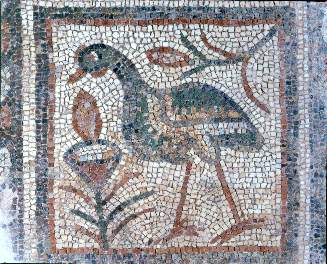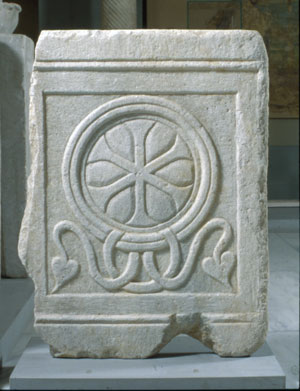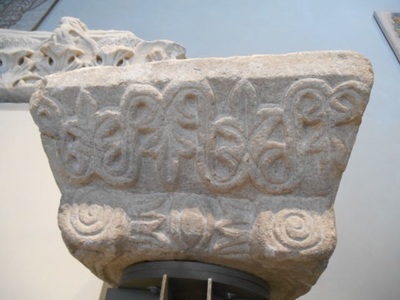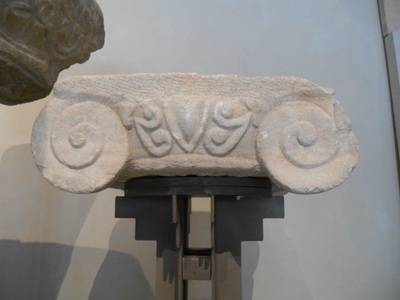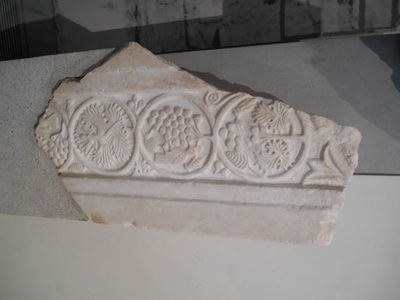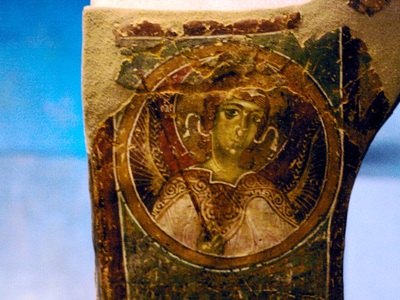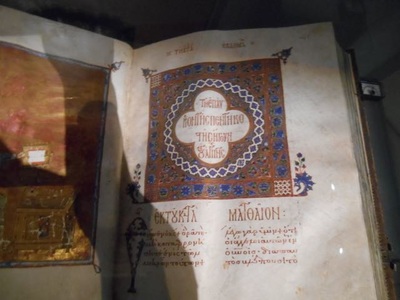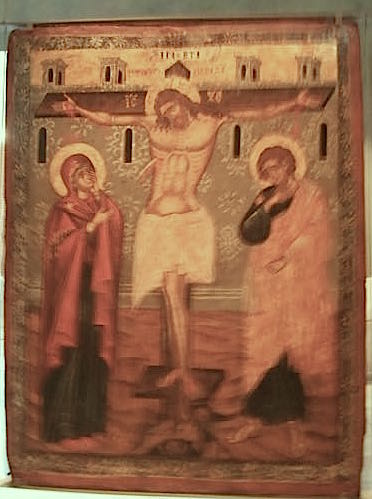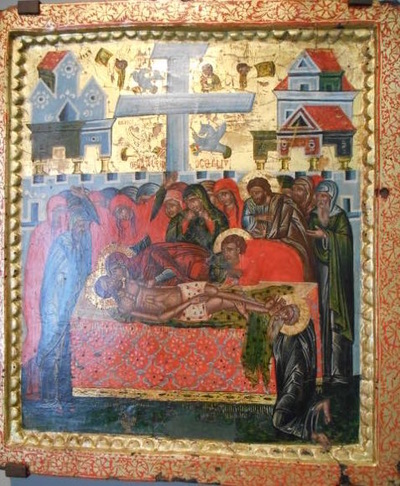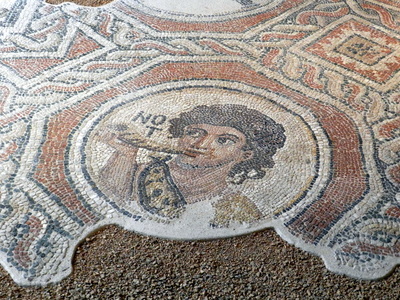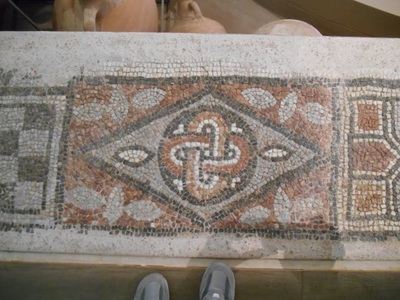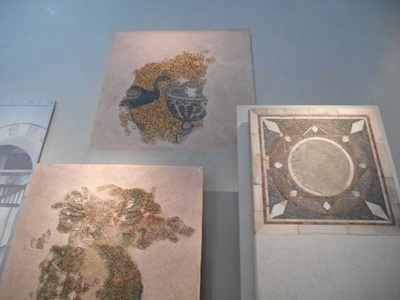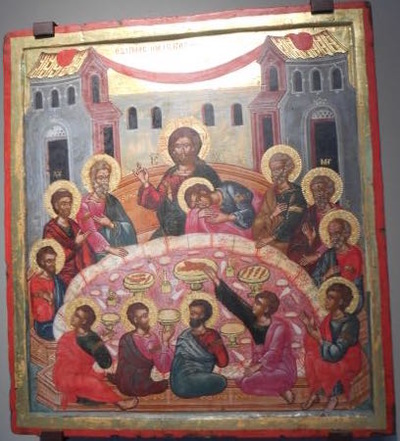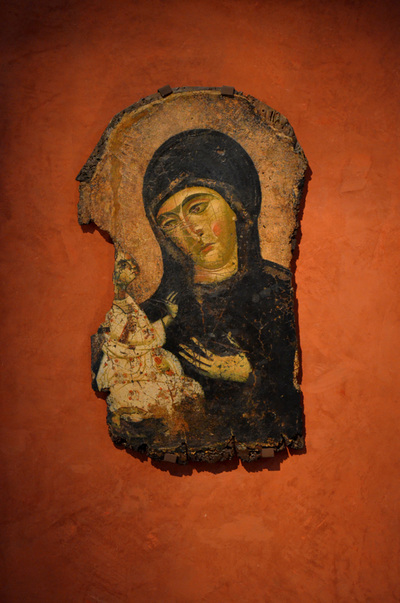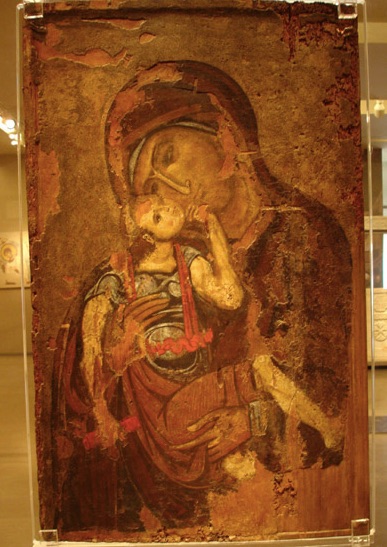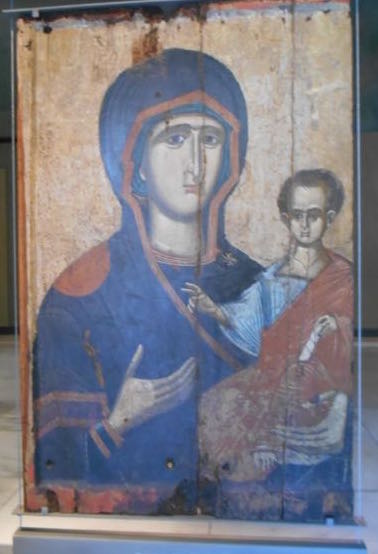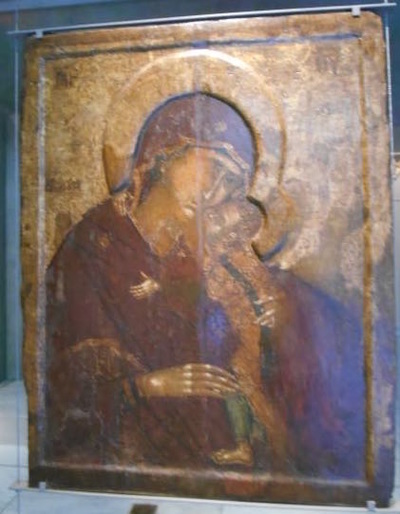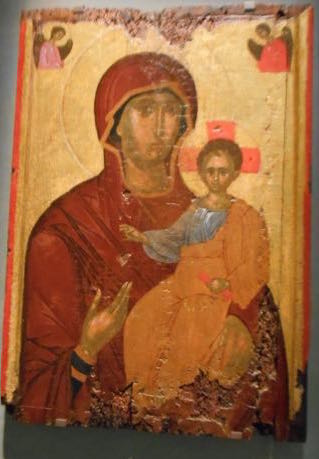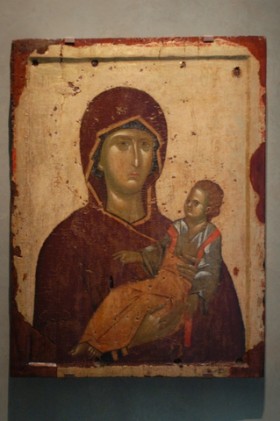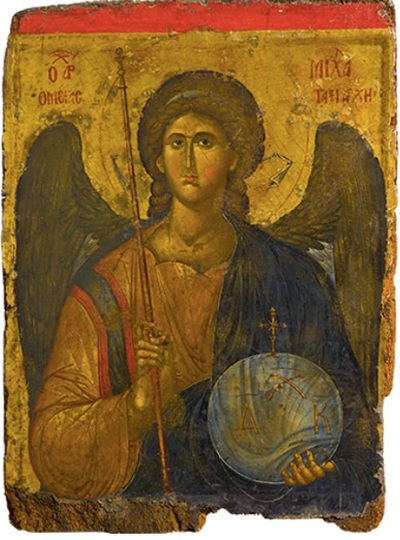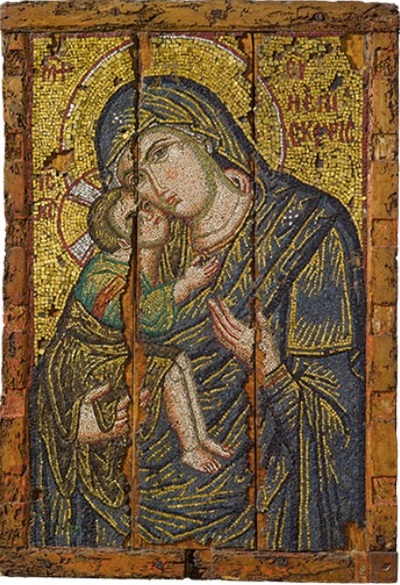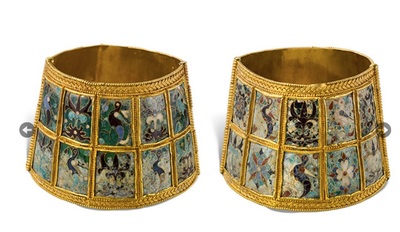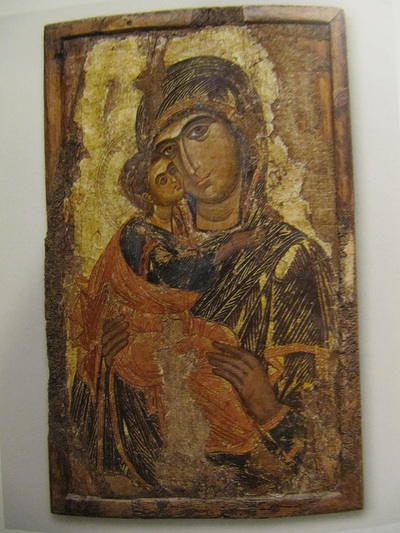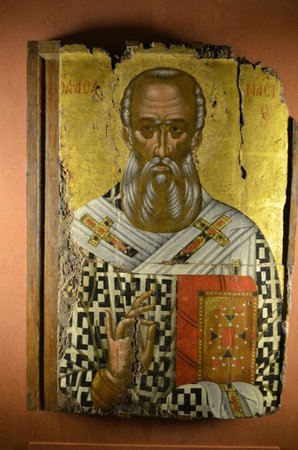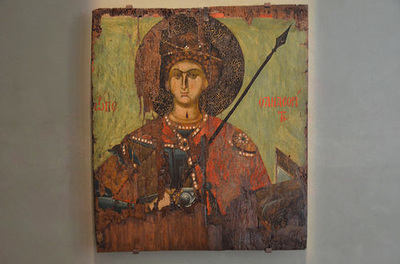The Museum of Byzantine Culture of Thessaloniki
Though we saved our visit to the Byzantine Museum towards the end of the day and everyone was exhausted form our miles of walking, it was wonderful way to end our long day. The museum is adjacent to the Archeological Museum of Thessaloniki and the influence of ancient stonework and design is reflected in how the museum depicts the periods and dvisions of Byzantine history. There are large expanses of mosaic and stone floors, beautifuly preserved stone carvings and some of the finest icons that have survived the damage of centuries. We were free to take photographs inside the museum.
The museum house nearly 3,000 artifacts in its permanent collection. It also sponsors visiting collections. The permanent collections are divided chronologically into the major Byzantine and post-Byzantine periods.
The museum house nearly 3,000 artifacts in its permanent collection. It also sponsors visiting collections. The permanent collections are divided chronologically into the major Byzantine and post-Byzantine periods.
